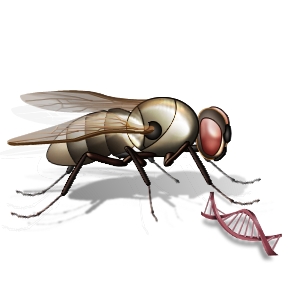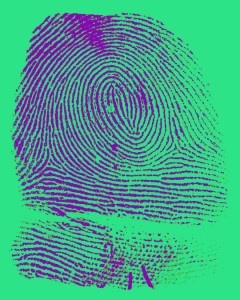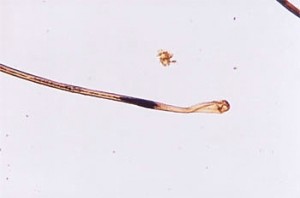Experts in the field of forensic entomology can estimate time of death by examining insects that inhabit a corpse. If a corpse is older than 72 hours, then the time of death can be estimated by identifying the species of maggots infesting the body. Maggots can provide more information than this, according to a September 28 report by Sara Reardon in New Scientist.
The case began when Mexican police discovered a body that had been burned beyond recognition. The body was so damaged that investigators could not recover DNA for identification. They did, however, recover human DNA from the digestive tracts of maggots that had been consuming the body.
A team of pathologists at the Autonomous University of Nuevo León in San Nicolás, Mexico analyzed the DNA and determined that the victim had been female. The police suspected that the body belonged to a woman who had been abducted 10 weeks earlier. The pathologists performed a paternity test using the recovered DNA and DNA from the abducted woman’s father. The results revealed a 99.7% chance that they had found the man’s abducted daughter. This case marks the first time that investigators successfully used human DNA extracted from the guts of maggots to identify a victim.




